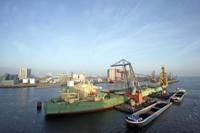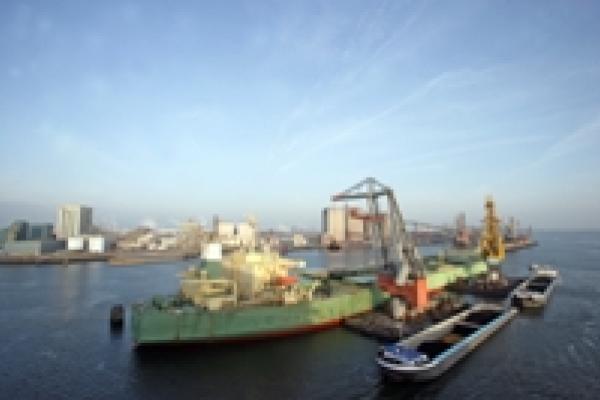
Steamship Mutual
Published: February 01, 2010

The ability of coal to variously self-heat, emit flammable gases, corrode and deplete oxygen levels has made the ocean transport of this commodity a particularly hazardous exercise.
A recent coal fire aboard a vessel loading in Indonesia has highlighted the continued need to ensure that the provisions of the IMO Code of Safe Practice for Solid Bulk Cargoes (the "BC Code") are closely followed, particularly in situations where loading is staggered or delayed so that, as far as possible, the costly and potentially disastrous consequences of a shipboard coal fire are avoided.
The Code itself is referred to by SOLAS as an additional source of reference. However, it has been updated and replaced by the International Maritime Solid Bulk Cargoes (IMSBC) Code which was published last year. IMSBC is due to become mandatory under SOLAS on 1 January 2011. Presently there is a period of transition whereby the BC Code is still in use but the IMSBC Code may also be used on a voluntarily basis.
The starting point for a master lies with obtaining specific information from the shipper which details the characteristics of the particular type of coal being shipped.
In this respect, Regulation 1 ("General Requirements") of the BC Code states that
" Prior to loading, the shipper or his appointed agent should provide in writing to the master the characteristics of the cargo and the recommended safe handling procedures for loading and transport of the cargo. As a minimum, the cargo's contract specifications for moisture content, sulphur content and size should be stated, and especially whether the cargo may be liable to emit methane or self-heat."
However, the provision of the recommended information by the shippers does not mean that a Master can safely rest upon his laurels. Over-reliance upon the shippers' information should be avoided and a prudent master should continue to exercise caution by taking steps, both during and after loading, to ascertain exactly what the cargo is doing in the vessel's holds. In this regard the IMSBC code provides that such steps take the form of the monitoring of i) gases (oxygen, methane and carbon monoxide) ii) the PH value of cargo hold bilge samplesand iii) cargo temperatures. It further specifies that vessels should be suitably fitted and have proper equipment to undertake the necessary monitoring (Regulations 3 and 5 of "General Requirements") and sets out specific monitoring procedures.
Stowage is also an important factor. In this respect the IMSBC Code provides that the cargo should be trimmed in accordance with the appropriate SOLAS provisions but where there is doubt it recommends that the cargo surface be "…trimmed reasonably level to the boundaries of the cargo space.." not only toensure stability but also to avoid the formation of gas pockets and prevent air from penetrating the cargo.
The incident referred to proves that problems can arise if the relevant provisions of the IMSBC Code are not closely followed in their entirety.
In the subject case, the shippers had provided a declaration indicating that the cargo was not considered likely to emit significant amounts of methane nor spontaneously combust.
Although the temperature of the cargo was monitored during loading operations, on completion the cargo was not trimmed and instead left in a cone formation. The vessel's hatches were also left open. This remained the case for a number of days resulting in the cargo being exposed to air circulation/penetration. This situation also prohibited effective gas monitoring.
The cargo subsequently heated. Only after the affected area had been extinguished were the hatches closed. At this point, only the oxygen level in the hold was monitored with the intention to determine whether the hold was safe enough for personnel to enter and take temperature measurements. Oxygen measuring took place by way of lowering of equipment through the hatch manhole rather than aspirating through the recommended sample points in the hatch covers. The hatches were then opened and personnel entered the hold to take temperature readings.
In relying solely upon the temperature measurements, the Master concluded that the cargo continued to present an unacceptable risk and insisted upon the discharge of the entire hold.
Had the provisions of the BC Code been followed from the outset, particularly with regard to cargo trimming, the restriction of oxygen exposure and the correct monitoring of all gases, the original heating of the cargo and the subsequent discharge of the entire hold may have been avoided.


